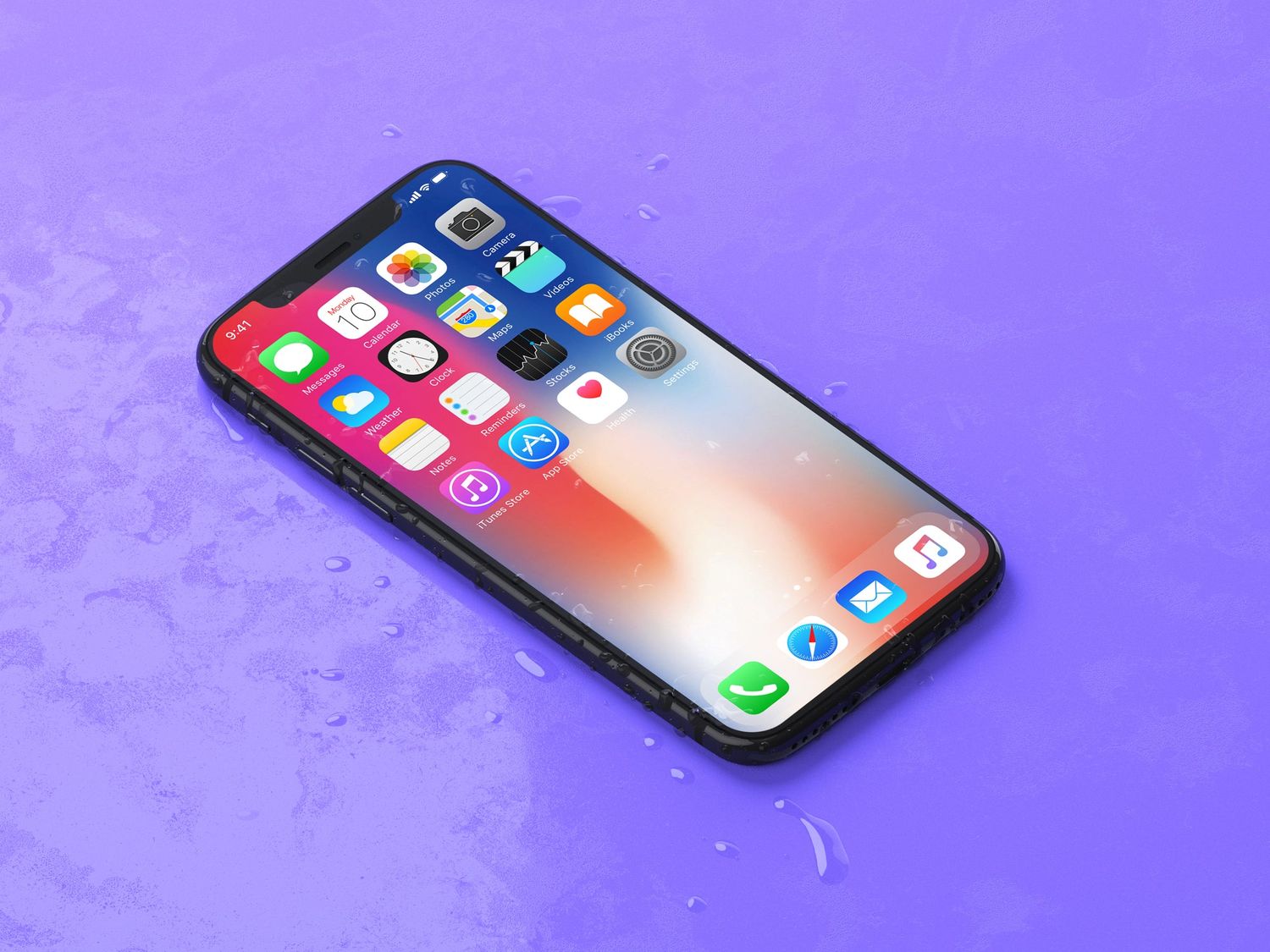
Are you struggling to turn off roaming on your iPhone 10? Whether you're a frequent traveler or simply looking to manage your data usage more effectively, understanding how to disable roaming on your device is essential. In this comprehensive guide, we'll delve into the steps to disable roaming on your iPhone 10, ensuring that you can stay connected without incurring unnecessary charges. From navigating your device settings to optimizing your cellular data usage, we've got you covered. Let's explore the process of deactivating roaming on your iPhone 10 and take control of your mobile connectivity. Whether you're at home or abroad, managing your roaming settings is crucial for a seamless and cost-effective mobile experience.
Inside This Article
- What is Roaming on iPhone 10?
- Why Turn Off Roaming on iPhone 10?
- How to Turn Off Roaming on iPhone 10
- Conclusion
- FAQs
What is Roaming on iPhone 10?
Roaming on iPhone 10 refers to the ability to use your device outside your home network’s coverage area. When you’re in a location where your network provider doesn’t have coverage, your iPhone 10 can connect to a different network, allowing you to make calls, send texts, and use data services. However, using your phone while roaming can result in additional charges, as the network provider may apply higher rates for services used outside your home network’s coverage area.
Roaming can occur when you travel to another country or when you’re in an area where your network provider doesn’t have coverage. In such situations, your iPhone 10 will automatically search for and connect to an available network to ensure you can continue using your phone’s features. It’s important to be aware of roaming charges, as they can significantly increase your phone bill if you’re not on a suitable roaming plan.
Why Turn Off Roaming on iPhone 10?
Turning off roaming on your iPhone 10 is crucial for several reasons. First and foremost, roaming can lead to unexpectedly high charges on your phone bill. When you travel internationally, your iPhone 10 may connect to a foreign network, resulting in expensive roaming fees for calls, texts, and data usage. By disabling roaming, you can avoid these additional costs and prevent any bill shock upon your return.
Moreover, roaming can impact your device’s battery life. When your iPhone 10 constantly searches for and switches between different networks while roaming, it can drain the battery more rapidly than usual. Disabling roaming helps conserve battery power, ensuring that your phone remains operational when you need it most, especially during travel or in emergency situations.
Additionally, turning off roaming on your iPhone 10 can enhance your data security. When connected to unfamiliar networks while roaming, there is an increased risk of potential cybersecurity threats, such as unauthorized access to your device or data interception. By deactivating roaming, you reduce the likelihood of encountering these security risks, safeguarding your personal information and maintaining your privacy.
Sure, I can help with that. Here's the content for "How to Turn Off Roaming on iPhone 10" section:
html
How to Turn Off Roaming on iPhone 10
Turning off roaming on your iPhone 10 is a straightforward process that can help you avoid unnecessary charges while using your device abroad. Here’s how to do it:
1. Open the “Settings” app on your iPhone 10 by tapping on the gear-shaped icon on your home screen.
2. Scroll down and tap on “Cellular” or “Mobile Data,” depending on your region and carrier settings.
3. Look for the “Data Roaming” option in the Cellular/Mobile Data settings and toggle it off by tapping on the switch next to it.
4. Once the Data Roaming option is turned off, your iPhone 10 will no longer connect to cellular networks while you’re traveling internationally, preventing unexpected charges.
5. It’s also a good idea to disable automatic downloads and updates while roaming to further minimize data usage and potential costs.
By following these simple steps, you can ensure that your iPhone 10 doesn’t incur roaming charges when you’re abroad, giving you peace of mind while using your device internationally.
Conclusion
Turning off roaming on your iPhone 10 is a simple yet crucial step to avoid unexpected charges while traveling internationally. By disabling this feature, you can control your data usage and prevent any unwanted expenses. Whether you’re exploring a new country or simply want to conserve data, understanding how to turn off roaming on your iPhone 10 empowers you to stay connected without the fear of excessive fees. With just a few taps, you can ensure that your device operates within your chosen network parameters, providing peace of mind and cost-effective communication wherever you go.
FAQs
Q: How do I turn off roaming on my iPhone 10?
A: To turn off roaming on your iPhone 10, go to Settings, then Cellular, and toggle the “Data Roaming” option to off.
Q: Will turning off roaming affect my ability to make calls or send messages?
A: No, turning off roaming will not affect your ability to make calls or send messages within your home country. However, it will prevent your phone from connecting to international networks and incurring roaming charges.
Q: Can I still use Wi-Fi when data roaming is turned off?
A: Yes, you can still use Wi-Fi when data roaming is turned off. Wi-Fi connectivity is independent of data roaming settings.
Q: How do I know if my iPhone is roaming?
A: Your iPhone will display a “roaming” indicator on the status bar when it is connected to a network outside of your home service area.
Q: Will turning off data roaming save battery life on my iPhone 10?
A: Yes, turning off data roaming can help conserve battery life, as your device won’t constantly search for and connect to international networks.
